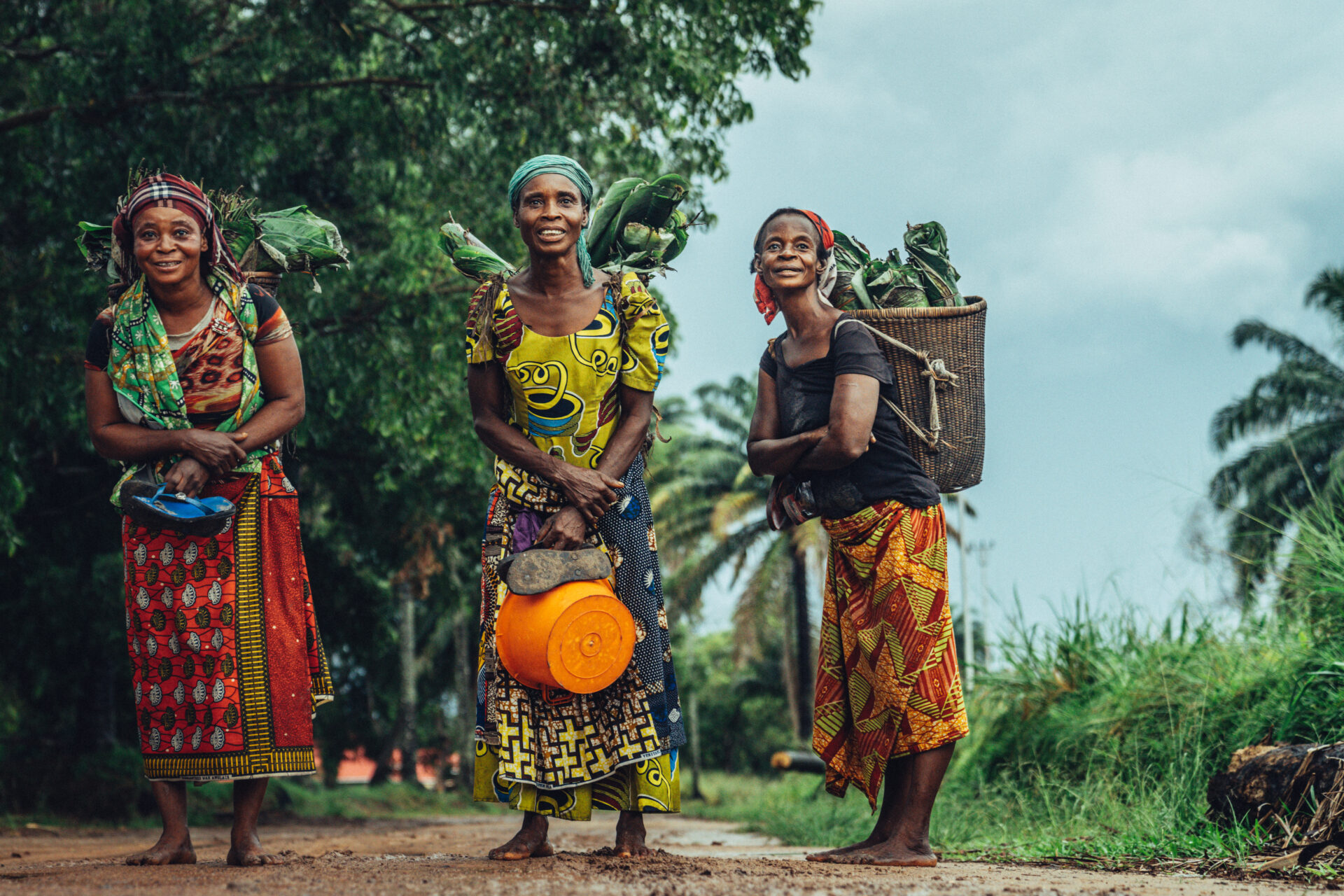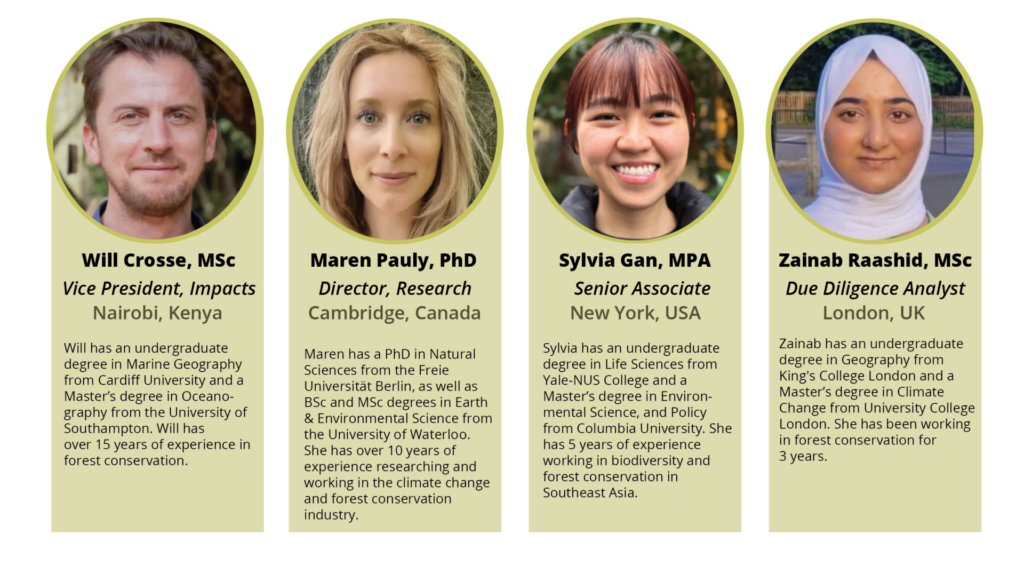
2024 will see significant credit issuances from REDD+ projects with the introduction of jurisdictional REDD+ carbon credits and credits verified under Verra’s new REDD+ methodology. This volume in the voluntary carbon market means buyers will need to cut through the noise to identify high-integrity forest carbon credits for purchase that represent real, measurable, additional, and durable emission reductions while delivering significant community impacts and wildlife protection. A robust and high-quality due diligence process is key to identifying and continuously improving these high-integrity projects.
In the context of REDD+, due diligence is conducted to assure buyers in the voluntary carbon market that the forest carbon credits they are purchasing represent a real and measured unit of avoided deforestation and/or degradation. Given that the successful implementation of REDD+ projects relies on the transformation of deforestation drivers into durable incentives for forest and wildlife protection, a high-quality REDD+ project should look beyond the amount of carbon offsets generated to also understand the underlying benefits that the project creates for local communities, and the conservation efforts in place to protect species.
Image – Mai Ndombe REDD+ Project in western Democratic Republic of Congo
Everland’s rigorous due diligence process allows us to identify and support effective REDD+ projects that deliver significant climate, community, and biodiversity impacts. Our due diligence process is particularly effective as we focus on four priority areas:
In addition to conducting thorough desk-based research to validate project details, we leverage the use of high-quality, locally-calibrated remote sensing datasets produced by Space Intelligence to investigate historical land use change, local and regional deforestation risk, as well as carbon stock variability through time. This allows us to precisely quantify the baseline and additionality of the REDD+ projects we represent, going beyond the industry standard of using only open-source (uncalibrated) geospatial data. This provides strong assurance to buyers of the claimed benefits of the carbon credits they purchased through Everland.
Our close partnerships with project proponents allow us to provide our clients with continuous, deep insights into project activities. We conduct regular project visits, observing key project activities and talking to local stakeholders to identify each project’s accomplishments, challenges, and ongoing operations. This allows us to acutely understand and convey each project’s unique Theory of Change and arc of transformation to potential and existing credit buyers.
Image – REDD+ Arc of Transformation – A high-integrity REDD+ project will implement REDD+ activities across the cross-cutting themes of Forest, Wildlife, and People to address the root causes of deforestation and secure long-term protection of the forest (Pauly & Tosteson, 2022).
Our direct access to projects and project developers allows us to evaluate aspects of project quality that cannot be looked at from behind desks – such as the extent to which projects are inclusive of communities in their design, the fairness and transparency of their revenue-sharing agreements among stakeholders, and whether projects are respectful of human rights, cultures and traditional knowledge. We also go beyond the scope of evaluating and assessing the carbon benefits of projects by capturing insight on the financial, social, and biodiversity benefits resulting from project activities, as well as their contributions to UN Sustainable Development Goals.
It is critical that REDD+ projects address the root causes of deforestation by involving local communities in decision-making processes and ensuring that communities receive true educational, economic, health, and ecological improvements from the financial proceeds of carbon credit sales. This allows projects to maintain effective, long-term protection of forests, and by validating the lasting economic, social, and ecological impacts that project activities make on communities, we increase buyer confidence that emission reductions generated by projects we represent are durable.
As the voluntary carbon market matures, we anticipate projects facing greater scrutiny around their social and environmental safeguards, carbon accounting methodologies, and political risks. We stay attuned to emerging trends, regulatory changes, and market dynamics to ensure that our due diligence approach evolves with the market, and we align our due diligence framework with industry best practices to demonstrate the real, measurable, additional, and durable impact of the projects we represent.
Our robust due diligence framework allows us to advocate for projects that truly embody these guiding principles to deliver meaningful and lasting impacts to the communities involved. As market demand shifts towards favoring carbon credits of high quality and integrity, the due diligence process will play an increasingly pivotal role in safeguarding the integrity of credit sales and supporting buyers in fulfilling their climate and conservation commitments.
The success of REDD+ initiatives rests on the strong foundation of a robust due diligence process, as well as a dedicated team committed to making a positive impact:
Our Due Diligence & Research Team

References